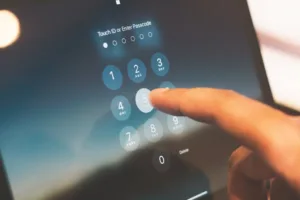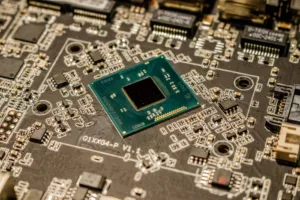
A critical vulnerability (CVE-2025-2729) has been identified in multiple H3C Magic series routers, exposing them to remote command injection attacks. The flaw affects the HTTP POST Request Handler component, specifically in the /api/wizard/networkSetup endpoint, and has been assigned a CVSS v3.1 score of 8.8 (High severity). Security teams should prioritize mitigation as this vulnerability allows unauthenticated attackers to execute arbitrary commands on affected devices.
Affected Products and Technical Details
The vulnerability impacts several H3C Magic router models, including the NX15, NX30 Pro, NX400, R3010, and BE18000 series running firmware versions up to V100R014. Researchers have confirmed the issue stems from improper input sanitization in the network setup API endpoint, classified under CWE-77 (Command Injection) and CWE-74 (Injection).
Technical analysis reveals the vulnerability allows attackers to inject malicious commands through crafted HTTP POST requests to the vulnerable endpoint. Successful exploitation grants attackers the ability to execute arbitrary commands with device privileges, potentially leading to complete system compromise.
| Product Series | Affected Firmware Versions |
|---|---|
| Magic NX15 | Up to V100R014 |
| Magic NX30 Pro | Up to V100R014 |
| Magic NX400 | Up to V100R014 |
| Magic R3010 | Up to V100R014 |
| Magic BE18000 | Up to V100R014 |
Impact and Attack Vectors
The vulnerability presents significant risks to organizations using affected devices. Attackers can exploit this flaw without authentication, requiring only network access to the device’s web interface. This makes internet-facing devices particularly vulnerable to remote attacks.
Successful exploitation could lead to multiple security impacts including remote code execution, network configuration modification, lateral movement within network environments, and installation of persistent backdoors. The low attack complexity (network-based with no user interaction required) increases the likelihood of widespread exploitation.
Mitigation Strategies
Security teams should implement immediate defensive measures while awaiting vendor patches. Recommended actions include restricting access to device management interfaces using ACLs or firewall rules, monitoring for unusual POST requests to the vulnerable endpoint, and reviewing logs for command execution attempts.
Long-term solutions involve applying vendor patches when available, considering device replacement if fixes are delayed, and implementing network segmentation for critical infrastructure devices. Organizations should monitor NVD updates and vendor communications for patch availability.
Vendor Response and Disclosure Timeline
H3C was reportedly contacted about this vulnerability but has not yet responded or released patches as of publication. The vulnerability was independently verified by multiple security researchers, with technical details available through GitHub Advisory Database and other security platforms.
Security professionals should note that while full exploit code hasn’t been publicly released, sufficient technical details exist to facilitate weaponization. This situation underscores the importance of proactive defense measures for vulnerable devices.
Security Recommendations
For organizations using affected H3C Magic routers, we recommend the following actions:
- Immediately restrict management interface access to trusted networks only
- Implement network monitoring for exploitation attempts
- Develop contingency plans for device replacement if patches are delayed
- Review incident response procedures for router compromise scenarios
This vulnerability (CVE-2025-2729) represents a significant risk to network security and should be treated as an active threat. Security teams should prioritize mitigation efforts and maintain awareness of vendor updates regarding patch availability.






